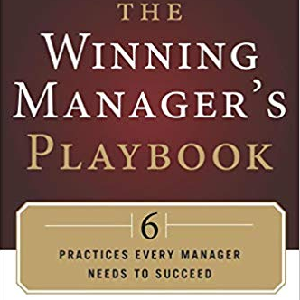IT Managers! The Ultimate Guide to Getting Started with JIRA and Confluence Today.
Step-by-step clarification on navigating through JIRA and Confluence to successfully assign and track your IT project tasks.
Part of the Requirements phase should be clearly defining what the goals of the project are, who is impacted and how the changes will improve business operations. Many times, Requirements are statically gathered from the stakeholders without further insight into the real problem. It is imperative that the goals are defined up front and all stakeholders are "bought in" to the project charter at kickoff.
With Confluence, the stakeholders can gain full visibility into initial definitions of the project. After the project is started, it doesn't end there, they can continue to monitor how the project is shaping up with Requirements, user interactions and mockups constantly updated to reflect current state.
One of the biggest challenges with managing ever-changing technologies is accommodating modifications to the initial Requirements. When going "off-script", IT Managers tend to lose control and are unable to swing the project back on track. In today's more Agile-focused software development environment, it's vital to be able to accept change and carry on with the goals of the project while minimizing impact.
With JIRA and Confluence, you can not only accept change, but EXPECT change and align the Requirements scope with new project objectives. Changes can be added to both the Requirements and associated JIRA tasks integrated together to bring in the new features and functionality.
Clic Here For More


No hay comentarios.:
Publicar un comentario